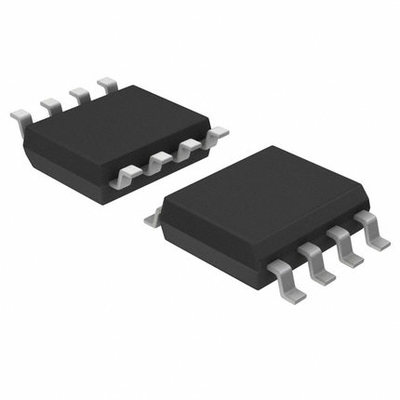
In the modern energy management system, the application of energy storage technology is more and more extensive, and it plays an important role in the utilization of renewable energy, load balancing and power dispatching. However, energy storage systems often face stability problems during operation, which not only affects their performance, but also may lead to security risks of the system. As an important component in an electronic circuit, an operational amplifier has important application value in improving the stability of an energy storage system due to its unique
characteristics.
Basic principles of operational amplifiers
An operational amplifier is a high-gain electronic amplifier in which the relationship between the output voltage and the input voltage can be adjusted by a feedback network. An operational amplifier usually has two inputs: an inverting input and a non-inverting input. With proper feedback configuration, the circuit can not only realize signal amplification, but also complete a variety of mathematical operations, such as addition, subtraction, integration and differentiation, etc., which are widely used in signal processing, voltage following, filtering and control systems.
Characteristics and challenges of energy storage system
Energy storage systems usually include energy storage units (such as batteries, CD74AC238M96 supercapacitors, etc.), conversion circuits and control units. The energy storage unit needs to maintain stable voltage and current during charging and discharging. Any unstable output may lead to overcharge, overdischarge and other problems, which will affect the service life and safety of the system. In addition, the dynamic response ability of the energy storage system directly affects its ability to adapt to sudden load changes or emergencies.
In energy storage systems, the stability of the battery management system (BMS) is particularly important. The BMS is responsible for monitoring the status of the battery, protecting the safe operation of the battery, and optimizing its performance. However, due to various factors such as inconsistent battery characteristics and ambient temperature changes, BMS often face challenges such as signal noise, time delay and nonlinear response.
Application of operational amplifier in energy storage system
1. Signal conditioning and filtering
In energy storage systems, signals from batteries and power electronics are often affected by environmental noise, interference and other factors. Operational amplifiers can be used for signal conditioning to improve the quality and stability of signals. By designing suitable low-pass, high-pass or bandpass filters, op AMPs can effectively filter out high-frequency noise, making the input signal cleaner and improving the accuracy of subsequent processing.
2. Accurate voltage and current measurement
Stable voltage and current measurements are essential for energy storage systems. The operational amplifier can be configured as a high-precision voltage follower to ensure that the relationship between its output voltage and the input voltage is always consistent under different loads. This high input impedance, low output impedance characteristic makes it particularly suitable for the front-end circuit design of battery voltage monitoring and current sensors.
3. Realize closed-loop control
Closed-loop control is an important method to maintain the stability of an energy storage system. The operational amplifier can form a feedback loop in the control system and adjust the charge and discharge ratio in real time by monitoring the difference between the state of the battery and the set value. The PID controller based on operational amplifier can effectively adjust the dynamic response of the system, reduce the overharmonic oscillation of the system, and improve the stability of the energy storage system.
4. State estimation and optimization
Operational amplifiers also play a key role in the state estimation process. By combining algorithms such as Kalman filtering, operational amplifiers are able to estimate the state of the battery (such as the state of charge and the state of health) in the face of uncertainty and noise interference. The accuracy of this state estimation provides data support for the subsequent optimization control, and thus enhances the global stability of the energy storage system.
Operational amplifier design considerations
When designing an energy storage system with an operational amplifier, many factors need to be considered. First, the type of operational amplifier that meets the application needs should be selected, especially its gain bandwidth, input offset voltage, common mode rejection ratio and other parameters. Secondly, when designing the feedback network, the frequency response characteristics should be fully considered reducing the phase delay and improve the stability of the system. In addition, the power supply voltage, power consumption and thermal management of the operational amplifier are also key factors that cannot be ignored in the design.
Future direction of development
In the face of the growing demand for energy storage, the corresponding energy storage technology is also constantly evolving. The technical development of operational amplifiers will further enhance the function and performance of energy storage systems. In the future, with the emergence of new operational amplifiers and the advancement of integrated circuit technology, energy storage systems can achieve higher accuracy, faster response speed and stronger anti-interference ability. At the same time, combined with the application of intelligent algorithms and operational amplifiers, new solutions will also be provided for the operational efficiency and stability of energy storage systems.
In the context of the rapid development of energy storage technology, the application potential of operational amplifiers is still huge. Researchers and engineers should continue to explore its wider application in energy storage systems to promote the integration of renewable energy and energy storage technologies to help achieve a sustainable energy future.
The Products You May Be Interested In
 |
3425 | RUGGED METAL PUSHBUTTON | 184 More on Order |
 |
915 | SWITCH PB 16MM BLU LED | 116 More on Order |
 |
2831 | SENSOR PHOTO TOP VIEW RADIAL | 278 More on Order |
 |
3290 | SENSOR RTD 100OHM PROBE | 2244 More on Order |
 |
1293 | SENSOR HUMID/TEMP 5V I2C 2% MOD | 430 More on Order |
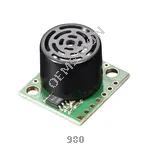 |
980 | MAXSONAR RANGEFINDER LV-EZ2 | 159 More on Order |
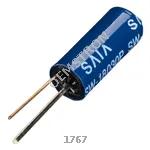 |
1767 | SLOW VIBRATION SENSOR SWITCH (HA | 2751 More on Order |
 |
9 | MAGNET 0.5""DIA X 0.197""H ROUND | 279 More on Order |
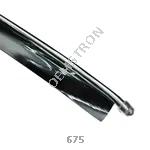 |
675 | PIPING EL WIRE SEWABLE 5M AQUA | 323 More on Order |
 |
3803 | ADDRESS LED 64X32 FLEX RGB MATRX | 262 More on Order |
 |
2432 | DOTSTAR LED STRIP - ADDRESSABLE | 458 More on Order |
 |
2041 | ADDRESS LED MATRIX I2C AMBER | 315 More on Order |
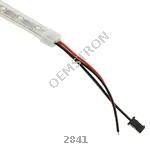 |
2841 | ADDRESS LED STRIP SERIAL RGBW 1M | 550 More on Order |
 |
2828 | ADDRESS LED STRIP SERIAL RGBW 1M | 579 More on Order |
 |
2875 | ADDRESS LED RING 1/4 SER RGBW | 247 More on Order |
 |
2862 | ADDRESS LED RING SERIAL RGBW | 456 More on Order |
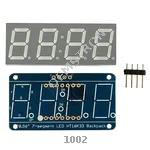 |
1002 | ADDRESS LED 7 SEG I2C WHITE | 465 More on Order |
 |
2240 | ADDRESS LED STRIP SERIAL RGB 4M | 531 More on Order |
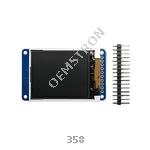 |
358 | LCD TFT 128X160 1.8"" | 469 More on Order |
 |
315 | LED RGB DIFF 5MM RND T/H 1=25PC | 425 More on Order |
 |
831 | POCKET INVERTER EL 6V SOUND-ACT | 434 More on Order |
 |
3162 | LED CHARLIEPLEXED MATRIX - 9X16 | 309 More on Order |
 |
2948 | LED CHARLIEPLEXED MATRIX - 9X16 | 416 More on Order |
 |
2601 | RGB MATRIX SHIELD FOR ARDUINO | 250 More on Order |

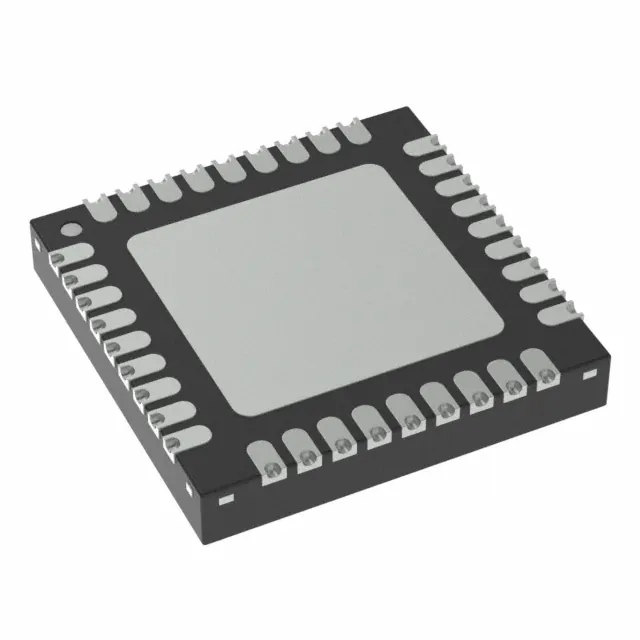 Semiconductors
Semiconductors









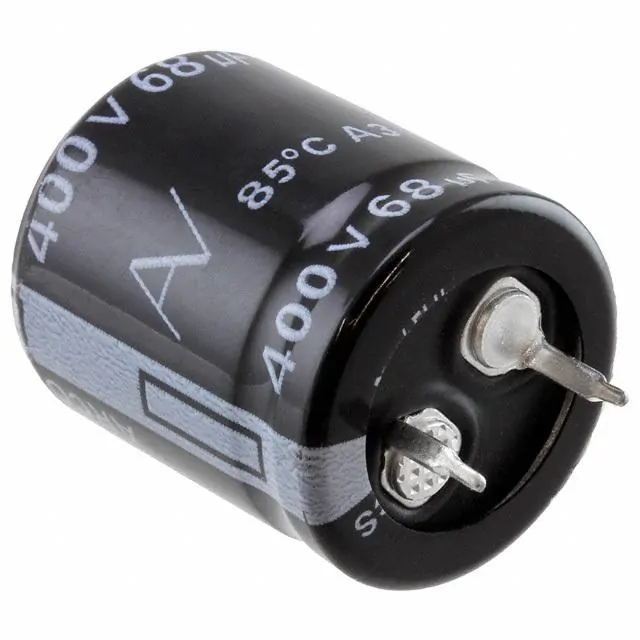 Passive Components
Passive Components









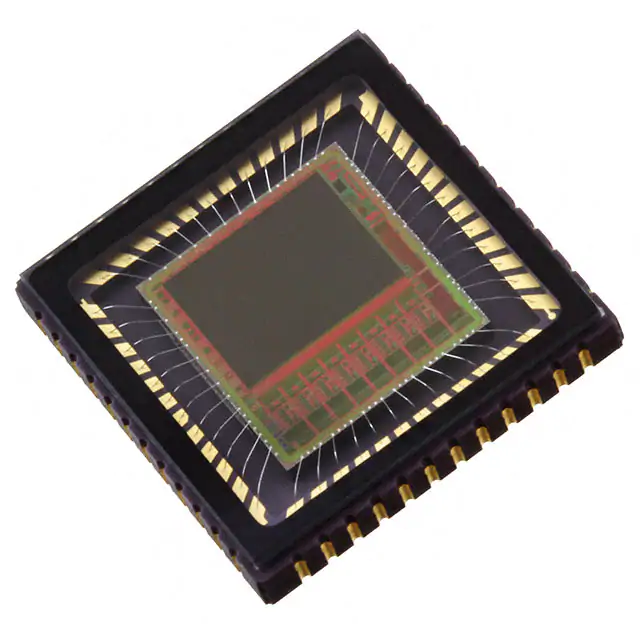 Sensors
Sensors








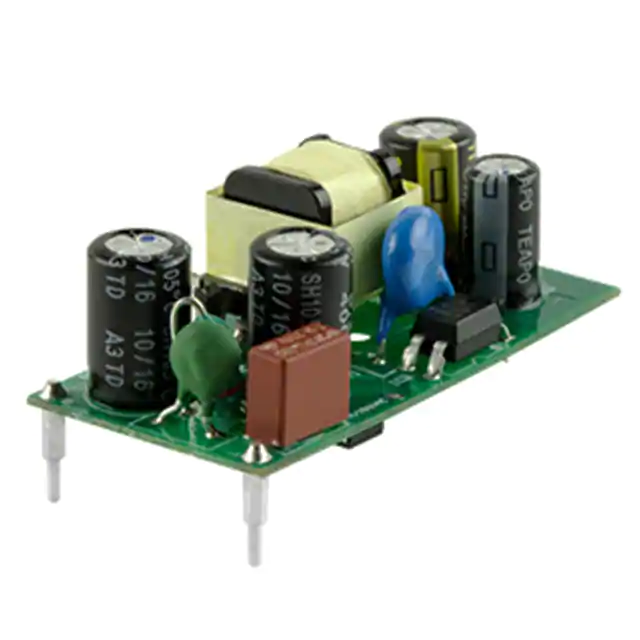 Power
Power









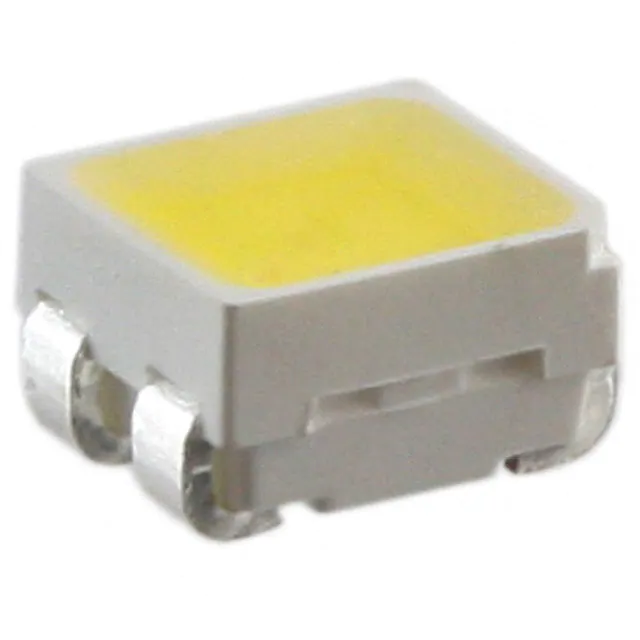 Optoelectronics
Optoelectronics








